Solinst Leveloggers have played an important role in Lithuania’s water conservation and management efforts for a number of years.
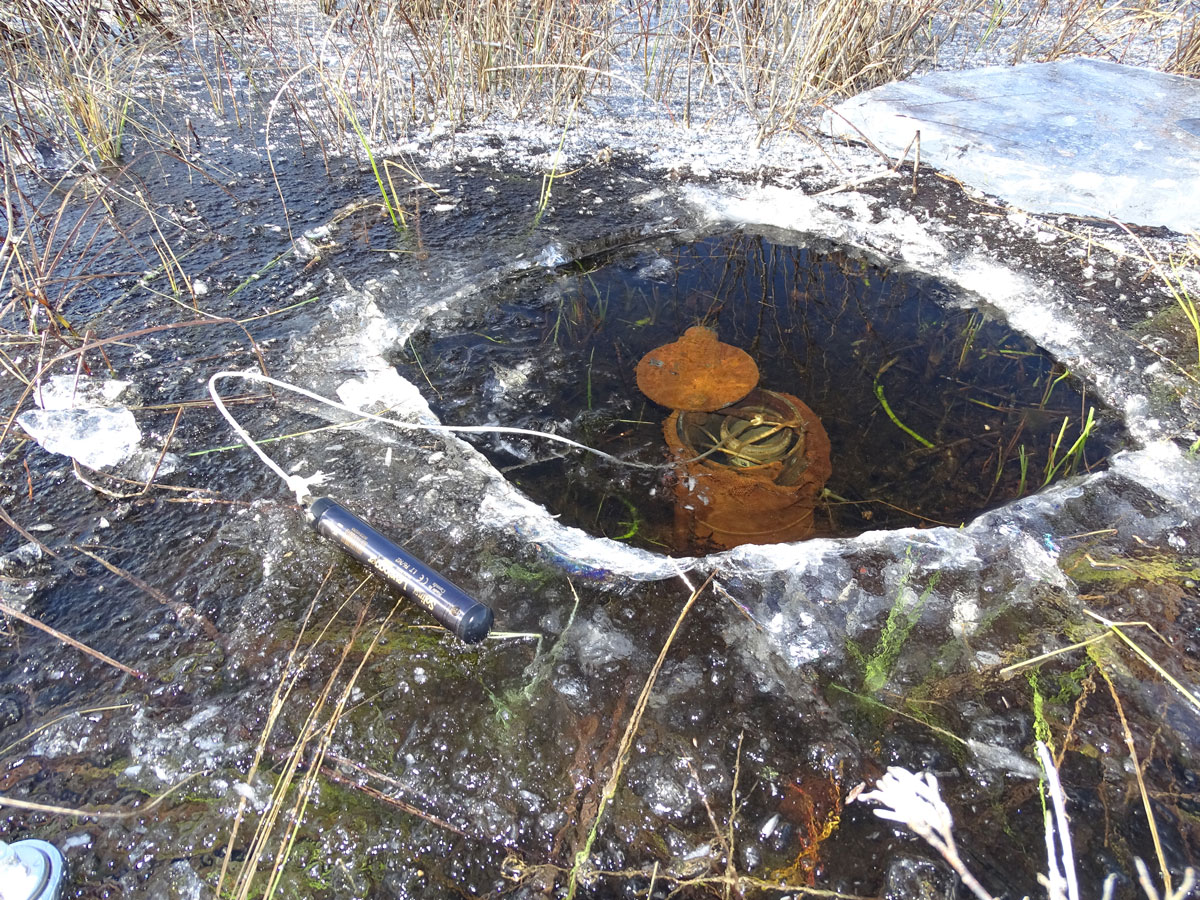
Solinst Levelogger Installation in a Wetland Monitoring Well in Lithuania
In 2005, Solinst Leveloggers were deployed as part of the country’s national groundwater monitoring network. The Leveloggers replaced their manual measurement methods, allowing lower operating costs and more frequent and accurate water level fluctuation data. An upgrade to the groundwater monitoring network in 2018 revealed that about 50 of the original Leveloggers and accessories are still in good working order!
You can read more about the Lithuanian groundwater monitoring program in our past blog post: Lithuania Selects Levelogger for National Groundwater Monitoring Program.
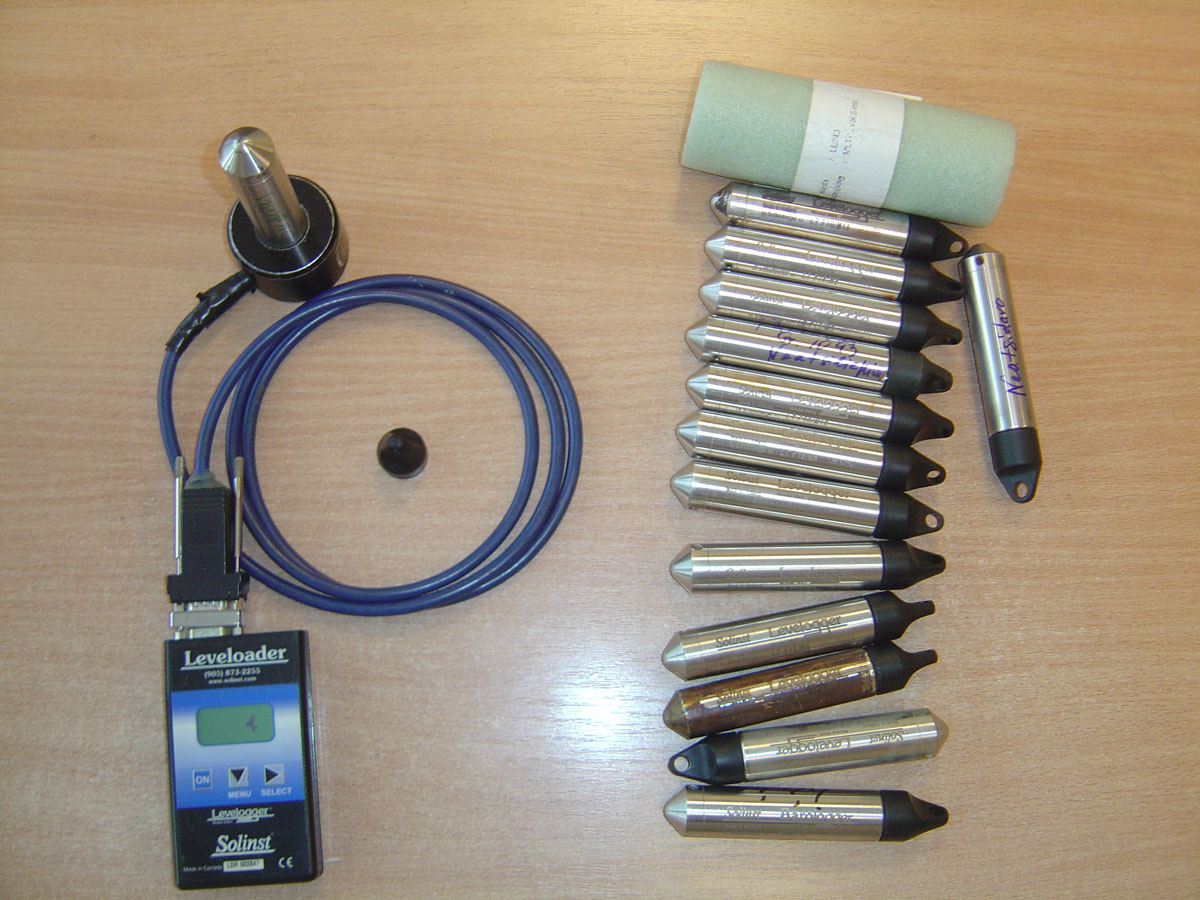
Older Model Leveloggers Deployed in the Lithuanian Groundwater Monitoring Program
Today, Leveloggers are not only helping track groundwater resources in Lithuania but are also being used in a number of surface water monitoring projects to measure water levels and temperature.
Read on to learn about two current surface water monitoring projects in the country.
Estimating Ecological Flow
About 100 small hydropower plants have been constructed in Latvian-Lithuanian trans-boundary river basins. These installations create changes in the river flow regimes, which can negatively affect the surrounding ecosystems.
A number of project partners have teamed up with the goal of developing a new methodology to measure ecological flow in the impacted rivers.
In short, ecological flow can be considered the minimum flow required to sustain the existing hydrological and ecological functions of the river. For a closer look at how the EU Water Framework Directive defines ecological flow, you can check out the European Commission’s guidance document.
As part of the program, three Solinst Leveloggers are installed in a pilot project in the Suosa River. One Levelogger is deployed in the river upstream from a hydropower plant reservoir, another is installed downstream, and the third is installed in the reservoir itself. A Barologger is deployed to provide barometric data for water level data compensation.
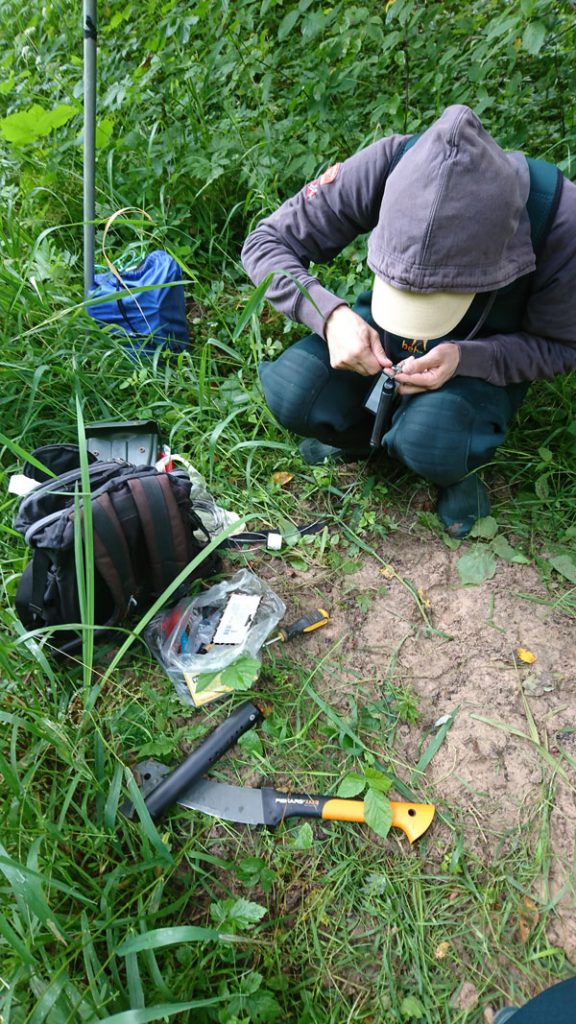
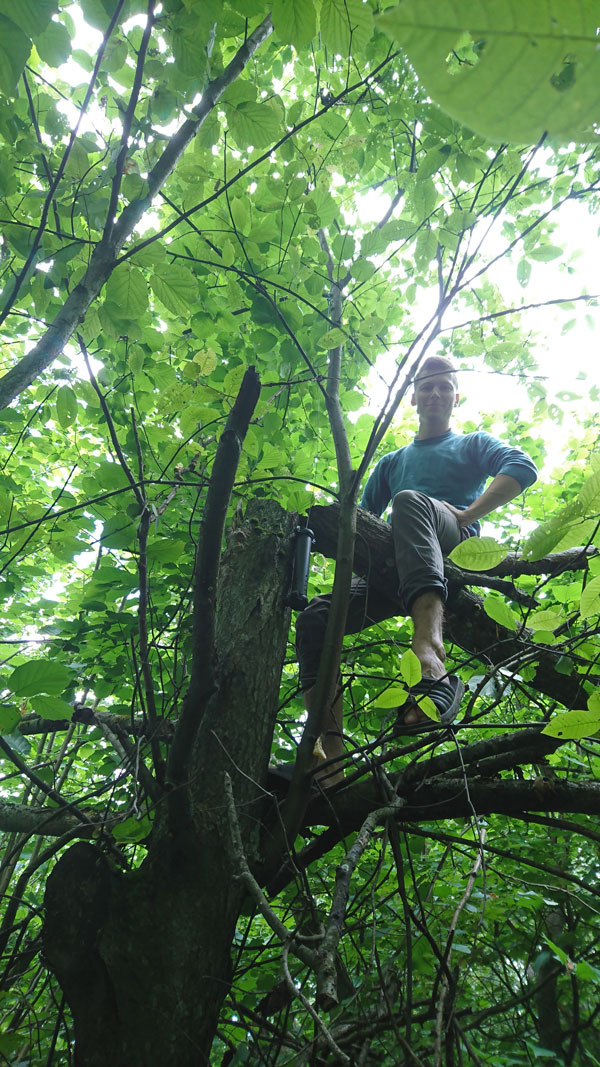
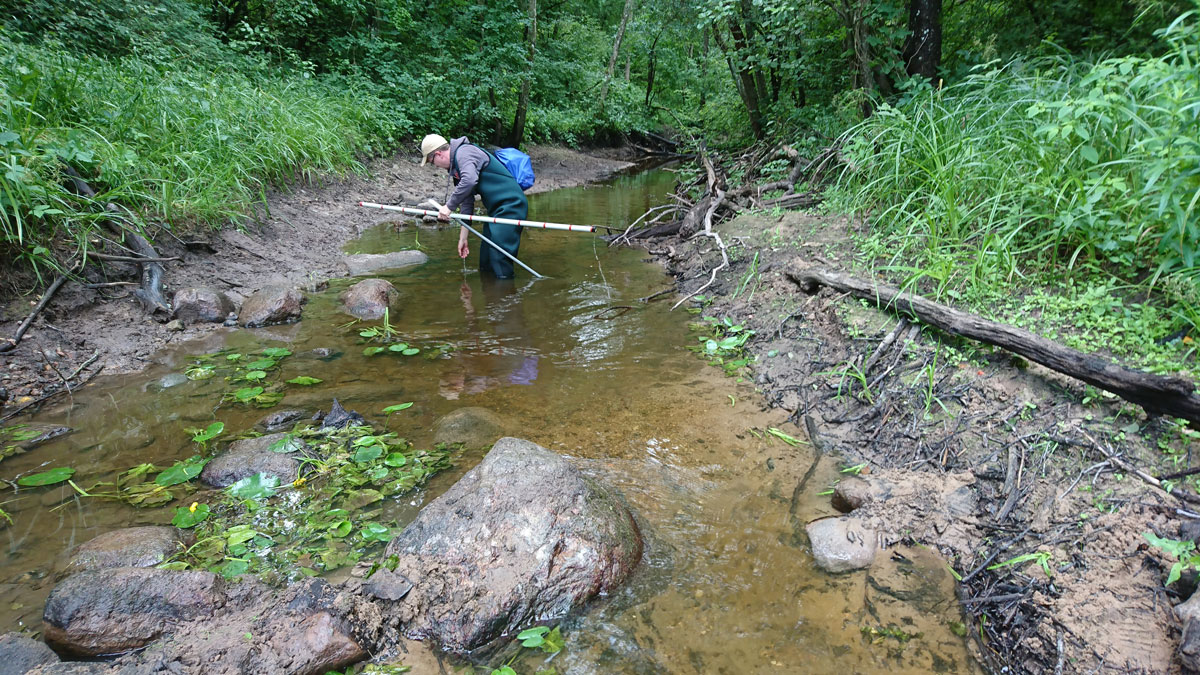
Leveloggers and Barologger Installations Provide Data to Estimate Ecological Flow
Discharge measurements, along with the Levelogger water level data, will be used to establish a rating curve of the relationship andhelp provide estimates of ecological flow. These measurements will be made along various river stretches in the region.
Estimating ecological flow will help ensure hydropower plant installations have minimal effects on the existing environments.
To learn more about the program and the project partners, visit the Ecological Flow Estimation in Latvian-Lithuanian Trans-boundary River Basins (ECOFLOW) program website.
(The contents of the ECOFLOW project are the sole responsibility of Lithuanian Energy Institute and can in no way be taken to reflect the views of the European Union.)
Conserving the Aquatic Warbler
A 7-year project funded by the EU is underway in Lithuania and Belarus to conserve the Aquatic Warbler population. The Aquatic Warbler is categorized as a globally threatened species. Already, a number of Aquatic Warbler nests have been successfully translocated from Belarus to Lithuania.
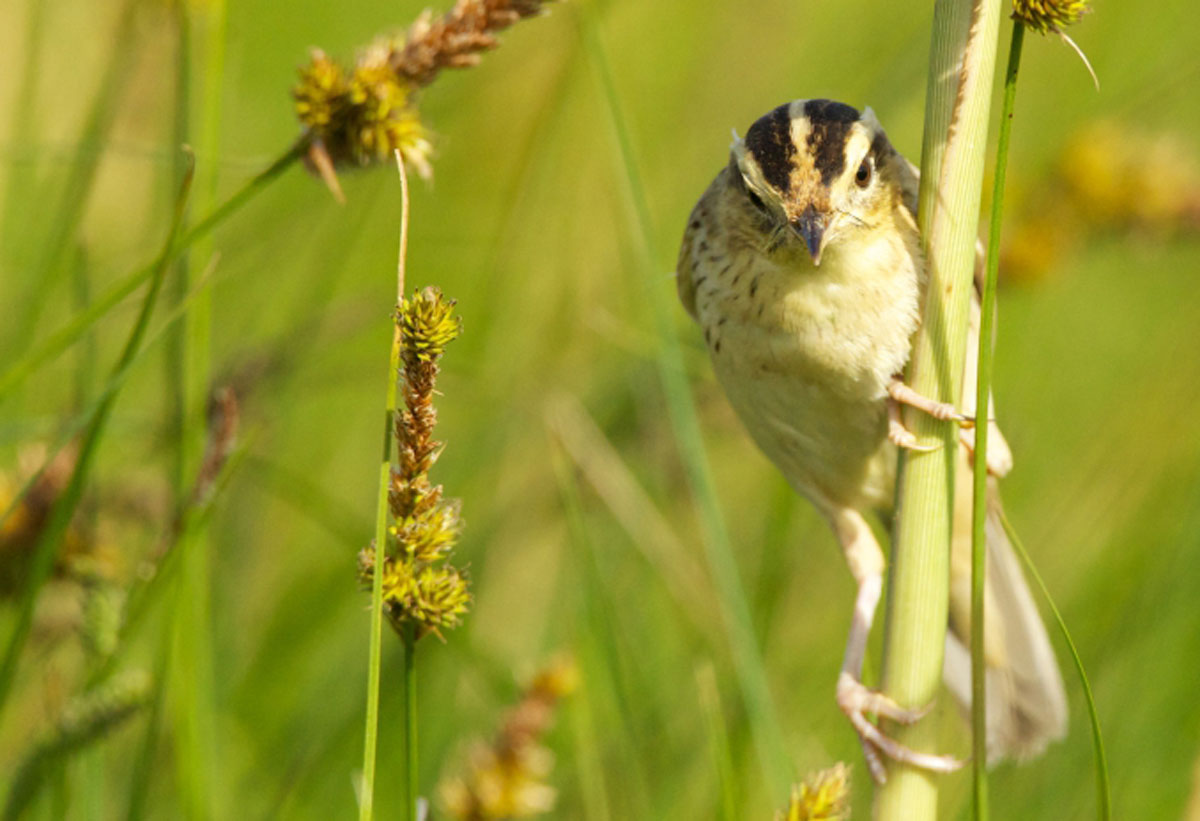
The Aquatic Warbler is Categorized as a Globally Threatened Species
Aquatic Warbler habitat restoration and conservation are key components of the project. As their name suggests, Aquatic Warblers make their homes in wetlands and marshes. The species is very sensitive to changes in the water balance of these ecosystems.
As such, water level management programs are underway to ensure ideal conditions are maintained or improved in selected areas. A number of Leveloggers have been installed as part of the programs to monitor the changes in water levels over time.
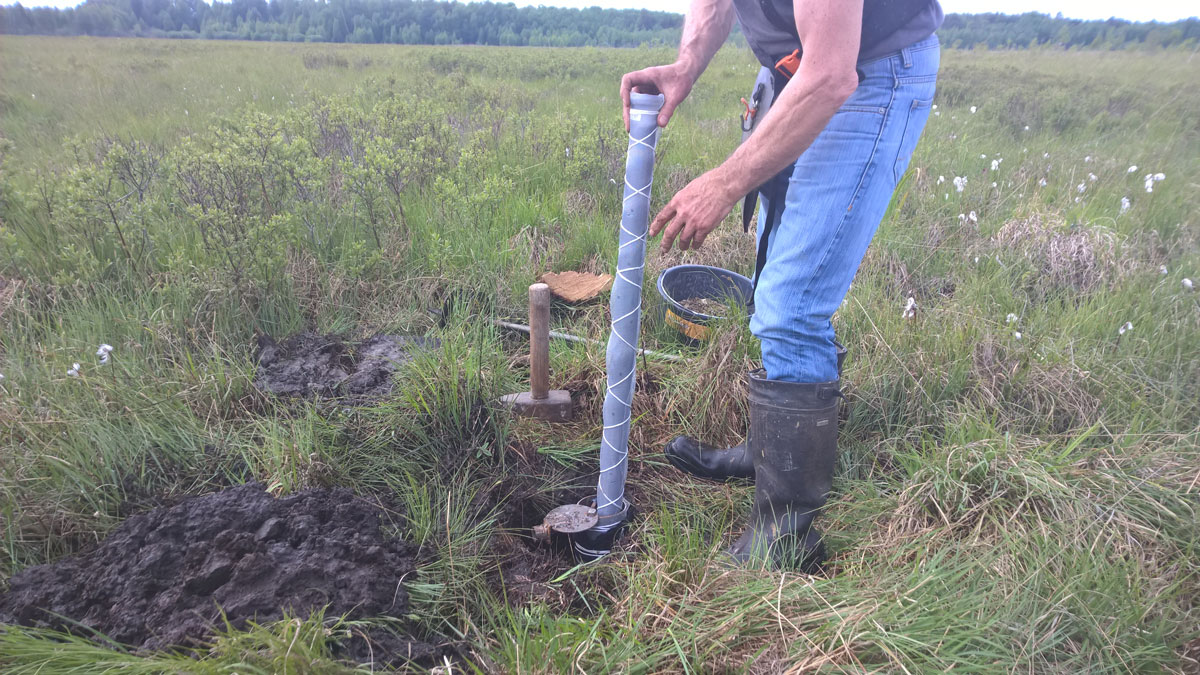
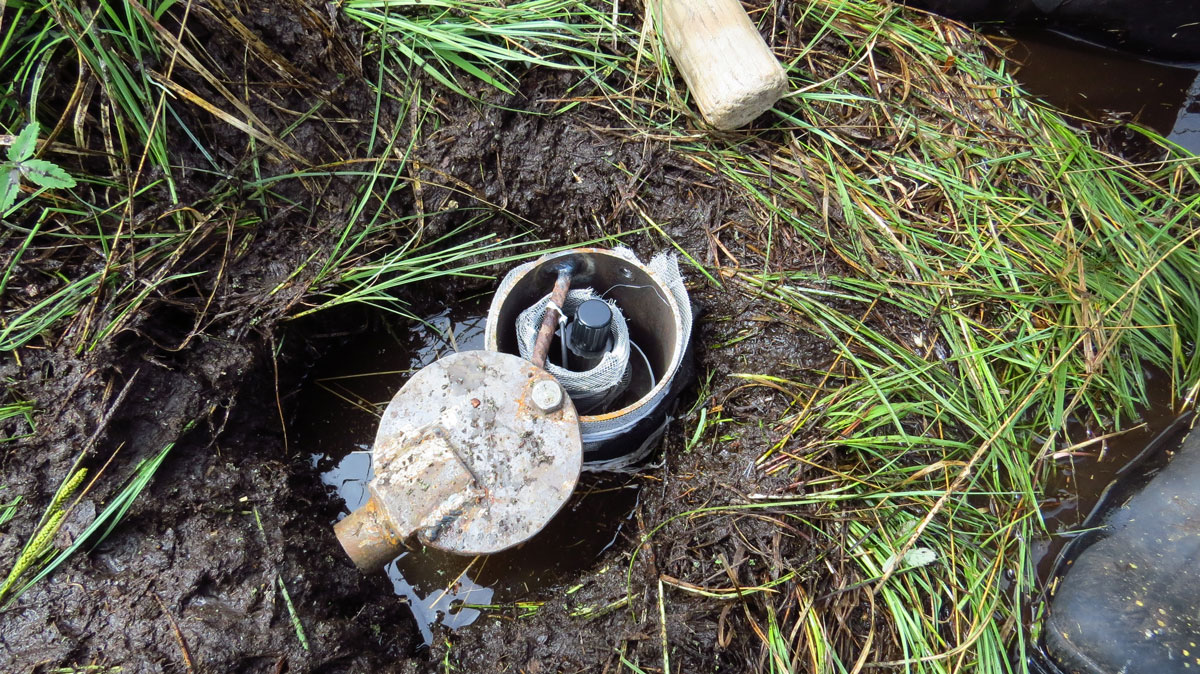
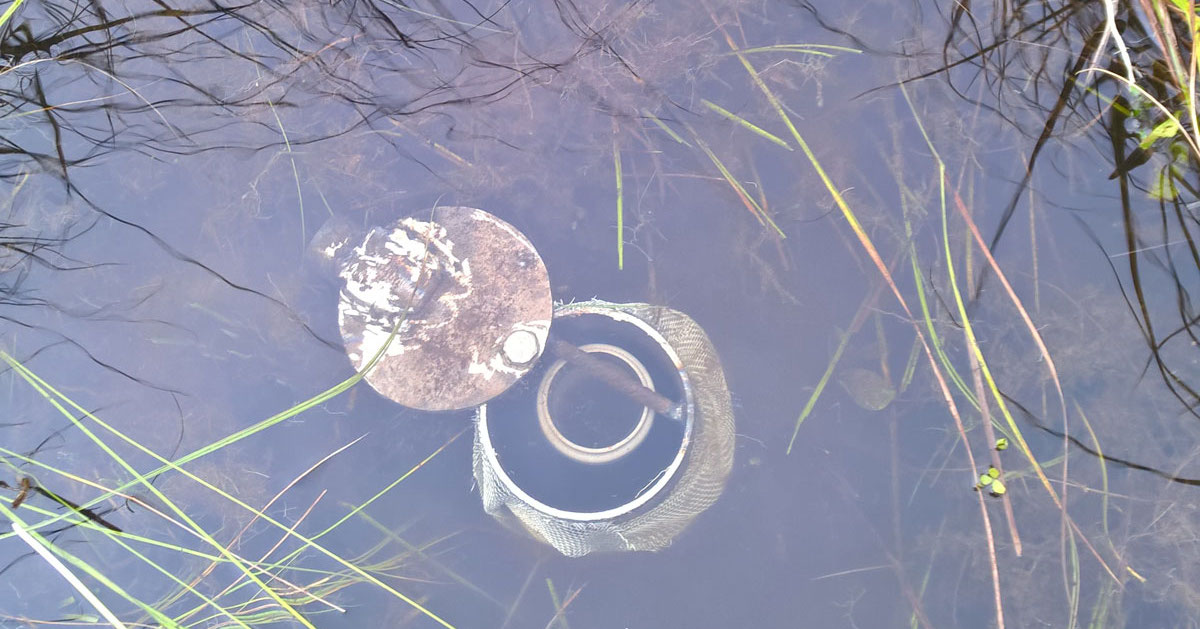
Leveloggers Deployed in Wetlands to Monitor and Maintain Ideal Water Balances
Preserving and expanding Aquatic Warbler habitats will reduce fragmentation of the population, allowing the species to genetically diversify and ultimately recover.
To learn more about the project and the Aquatic Warbler, visit the Stepping Stones Towards Long-term Favorable Conservation Status of Aquatic Warbler in Lithuania and Belarus project website.
In addition to the rivers and wetlands being monitored in Lithuania, Leveloggers are being used in a number of other interesting monitoring projects. Stay tuned for more from Lithuania in the future.
Solinst thanks Bernardas Paukštys, the exclusive distributor of Solinst products in Lithuania, for providing the details of these projects.
